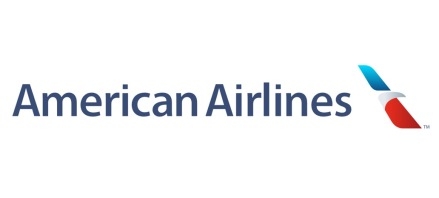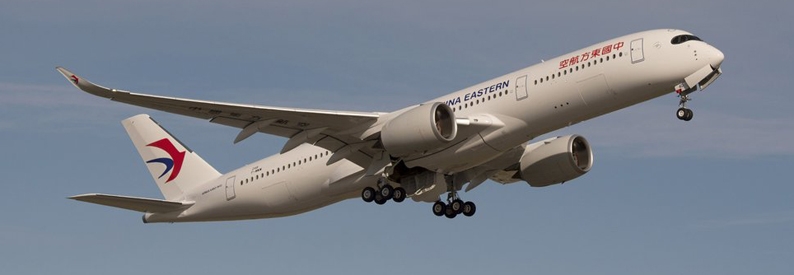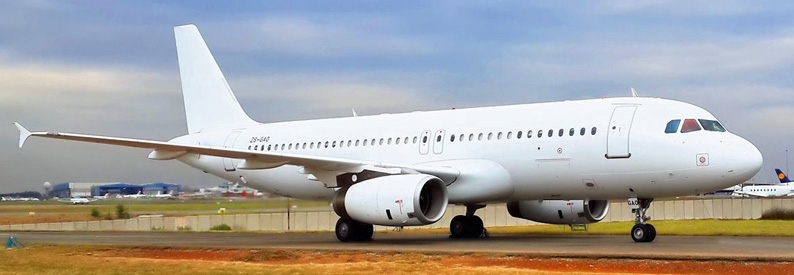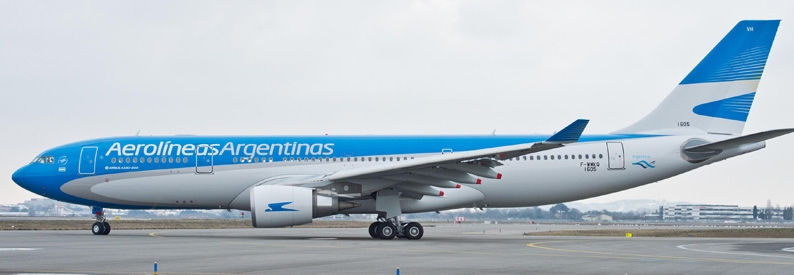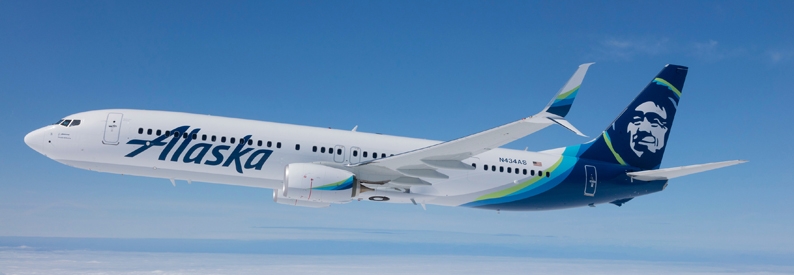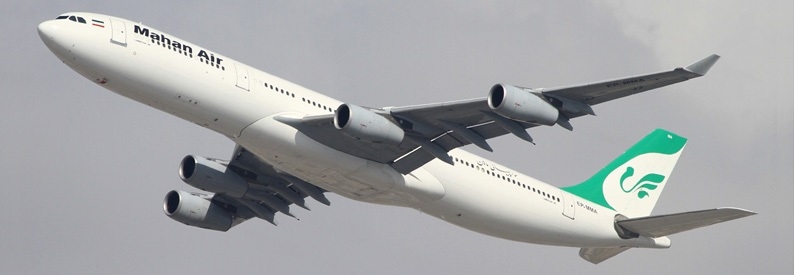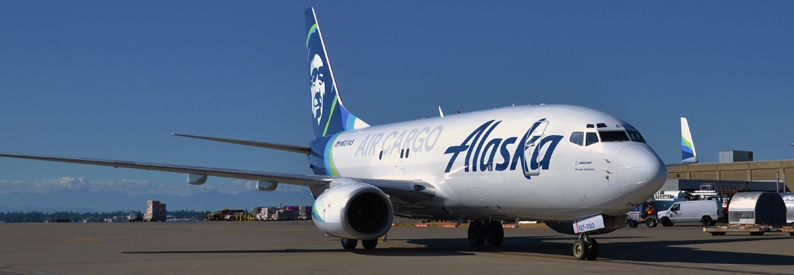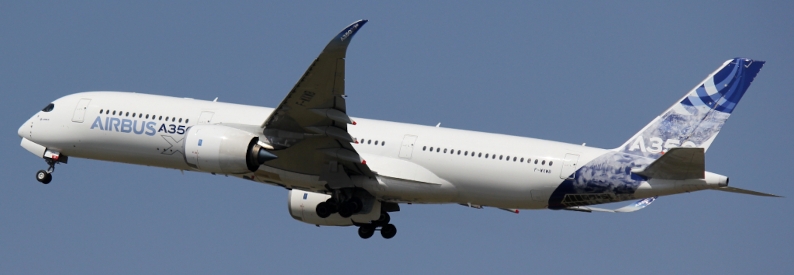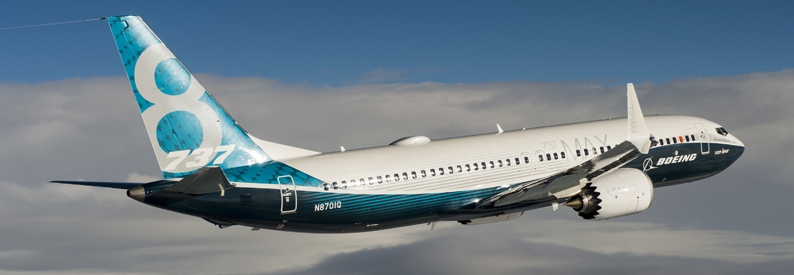Around 100 regional jets operated by capacity providers on behalf of American Airlines (AA, Dallas/Fort Worth) under the American Eagle brand are currently grounded due to a lack of pilots, Chief Executive Robert Isom said during the Bernstein Strategic Decisions investor conference.
According to The Dallas Morning News, Isom explained that the root of the problem was the downsizing undertaken during the COVID-19 pandemic when around 1,000 out of American's 15,000 pilots opted for early retirement packages. To compensate for this shortage in the post-crisis boom, the airline hired pilots from regional carriers which have now born the brunt of the crisis as they are unable to train enough new crews.
The problem is likely to be aggravated by the upcoming peak of scheduled retirements, with more than 700 pilots due to leave American Airlines every year between 2023 and 2026.
The scale of the issue means that around one in six regional jets flying under the American Eagle brand is now parked. American Airlines is addressing the problem by upgauging flights formerly operated by its regional partners to mainline aircraft. This, however, has required the airline to reduce frequencies to some of its thinner destinations.
The ch-aviation fleets module shows that American Eagle's fleet comprises a total of 618 regional jets - 156 CRJ700s, 129 CRJ900s, 110 E145s, sixteen E170s, and 207 E175s. They are operated by American's subsidiaries Envoy Air, Piedmont Airlines, and PSA Airlines, as well as by independent capacity providers Mesa Airlines, Republic Airways, and SkyWest Airlines.
American Airlines is not the only operator struggling with an acute post-COVID pilot shortage. Republic Airways told ch-aviation that it was unable to meet the needs of mainline carriers as it did not have enough pilots, while SkyWest and Cape Air are both trying to relinquish Essential Air Service (EAS) contracts for want of staff. United Airlines was also forced to suspend 15 regional routes for the same reason.
